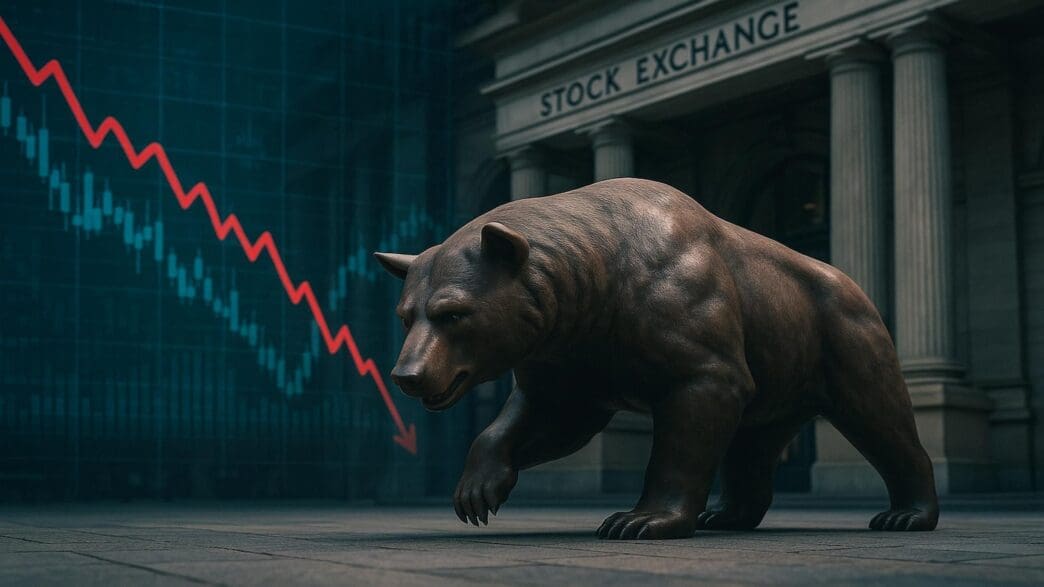Executive Summary
The Story So Far
Why This Matters
Who Thinks What?
Analyst James Check has put forth a provocative argument, asserting that Bitcoin’s market cycles are primarily driven by evolving adoption trends and market structure rather than the widely accepted four-year halving events. His analysis, shared on Wednesday, challenges the popular theory that decreasing mining rewards are the sole anchor for Bitcoin’s bull and bear phases, suggesting that other, more fundamental shifts are at play.
Challenging the Halving Narrative
Check contends that Bitcoin has experienced three distinct market cycles, none of which are directly tethered to its quadrennial halving events. Instead, he points to “trends in adoption and market structure” as the core drivers, identifying the 2017 market peak and the 2022 bottom as crucial transition points.
He delineates these cycles as an “adoption cycle” from 2011 to 2018, characterized by early retail engagement. This was followed by an “adolescence cycle” spanning 2018 to 2022, which he describes as a period of “Wild West boom and bust with leverage.” The current phase, from 2022 onward, is termed the “maturity cycle,” influenced by “institutional maturity and stability.”
Check emphasized that “Things changed after the 2022 bear market,” cautioning that those who assume historical patterns will simply repeat themselves might overlook critical new signals.
Debating the Four-Year Cycle
The analyst’s perspective directly contradicts the prevalent belief that Bitcoin’s market cycles are intrinsically linked to its halving events. The traditional theory posits that these events create a supply shock, leading to increased demand and a bull market peak typically occurring in the year following the halving, as observed in 2013, 2017, and 2021.
Check’s analysis suggests that Bitcoin, as “literally the only other endgame asset alongside gold,” may be entering an extended cycle. This view aligns with recent predictions from other market observers who anticipate that the traditional four-year cycle could be over, potentially extending the current bull market well into next year due to significant institutional participation.
Bitwise Chief Investment Officer Matthew Hougan recently commented on this shift, stating, “I think the 4-year cycle is over.” Similarly, entrepreneur “TechDev” has highlighted the influence of broader business cycle dynamics on Bitcoin’s price movements, illustrating how these have historically shaped its peaks and troughs.
Divergent Views on Market Dynamics
While some analysts lean towards a new paradigm, others maintain that Bitcoin still follows its traditional patterns. Analysts at Glassnode noted on August 20 that Bitcoin was tracking its historical cycle patterns, reiterating recently that elevated profit-taking and selling pressure indicate the market is in a “late phase of the cycle.”
Position trader Bob Loukas offered a pragmatic perspective, observing, “Reality is, we’re always in cycles. We just can’t help ourselves. We pump until it bursts, because we just want more. Then we start again.” He suggests that the fundamental human psychology driving market behavior remains constant, regardless of specific catalysts.
The ongoing debate highlights a critical juncture in Bitcoin’s market understanding, with some analysts favoring evolving adoption and institutional influence over supply shocks as primary cycle drivers, potentially signaling a prolonged bullish phase.







